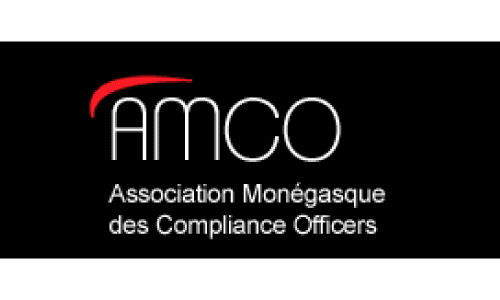Réglementation américaine
Le système fiscal américain prévoit deux façons de traiter les revenus des entreprises :
(i) La première et la plus évidente est d’imposer la personne qui possède l’entreprise (par exemple dans le cas d’une entreprise individuelle) ; c’est la forme la plus simple d’entreprise commerciale.
La paperasserie consiste à remplir le formulaire 1040 à la fin de l’année fiscale.
Ces types d’entités commerciales sont appelés « entités intermédiaires ».
Une société de personnes est une entité commerciale, mais elle n’est pas imposée séparément des associés : chaque associé reçoit une annexe K indiquant sa part dans la société de personnes.
Il convient de noter que les SARL peuvent également opter pour une procédure d’imposition indirecte (sous certaines conditions).
La Sub-Chapter S s’applique aux entités étroitement détenues qui peuvent opter pour l’imposition indirecte.
(ii) La seconde procédure d’imposition est celle où l’entité commerciale est un second contribuable. Toutes les sociétés cotées en bourse sont imposées séparément.
C’est ce qu’on appelle le système de double imposition. La personne morale paie des impôts sur ses revenus ; ensuite, si ces revenus sont distribués aux actionnaires, ces derniers paient également des impôts dans la mesure de la distribution reçue.
C’est la raison pour laquelle les juristes utilisent dans cette situation l’expression « C-corporations » : il s’agit d’entités imposées en vertu du sous-chapitre C du chapitre I de l’USC.











